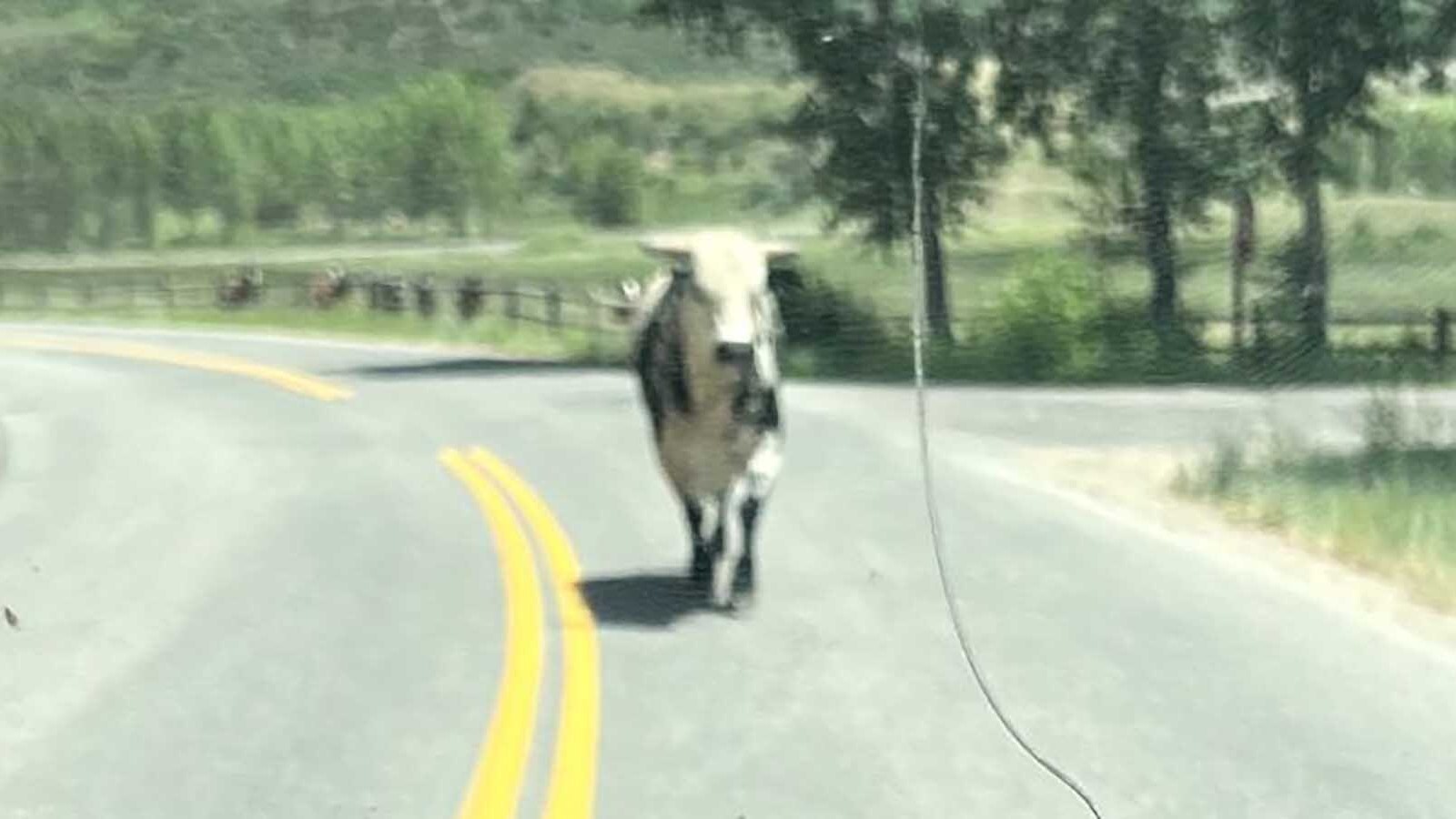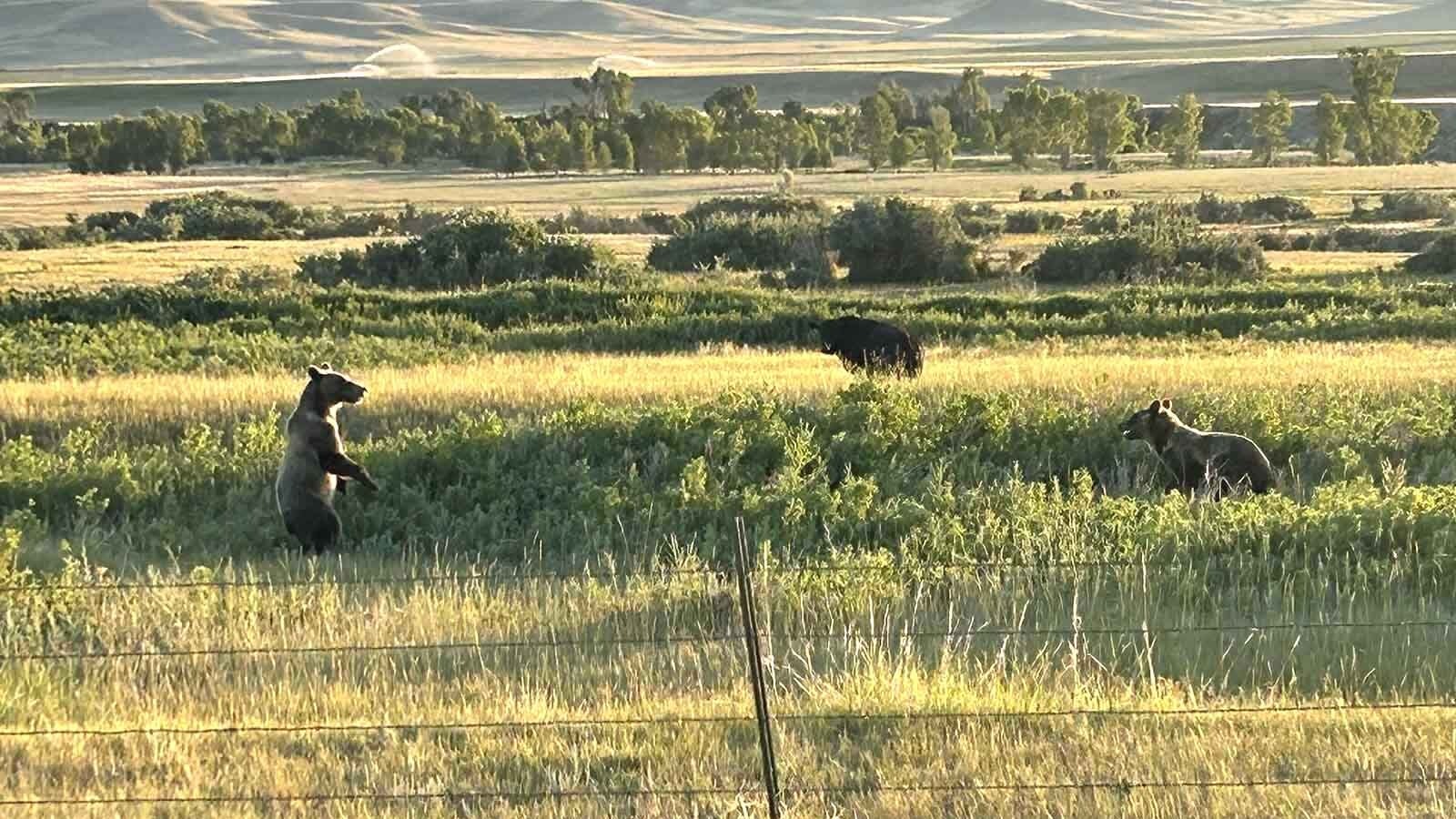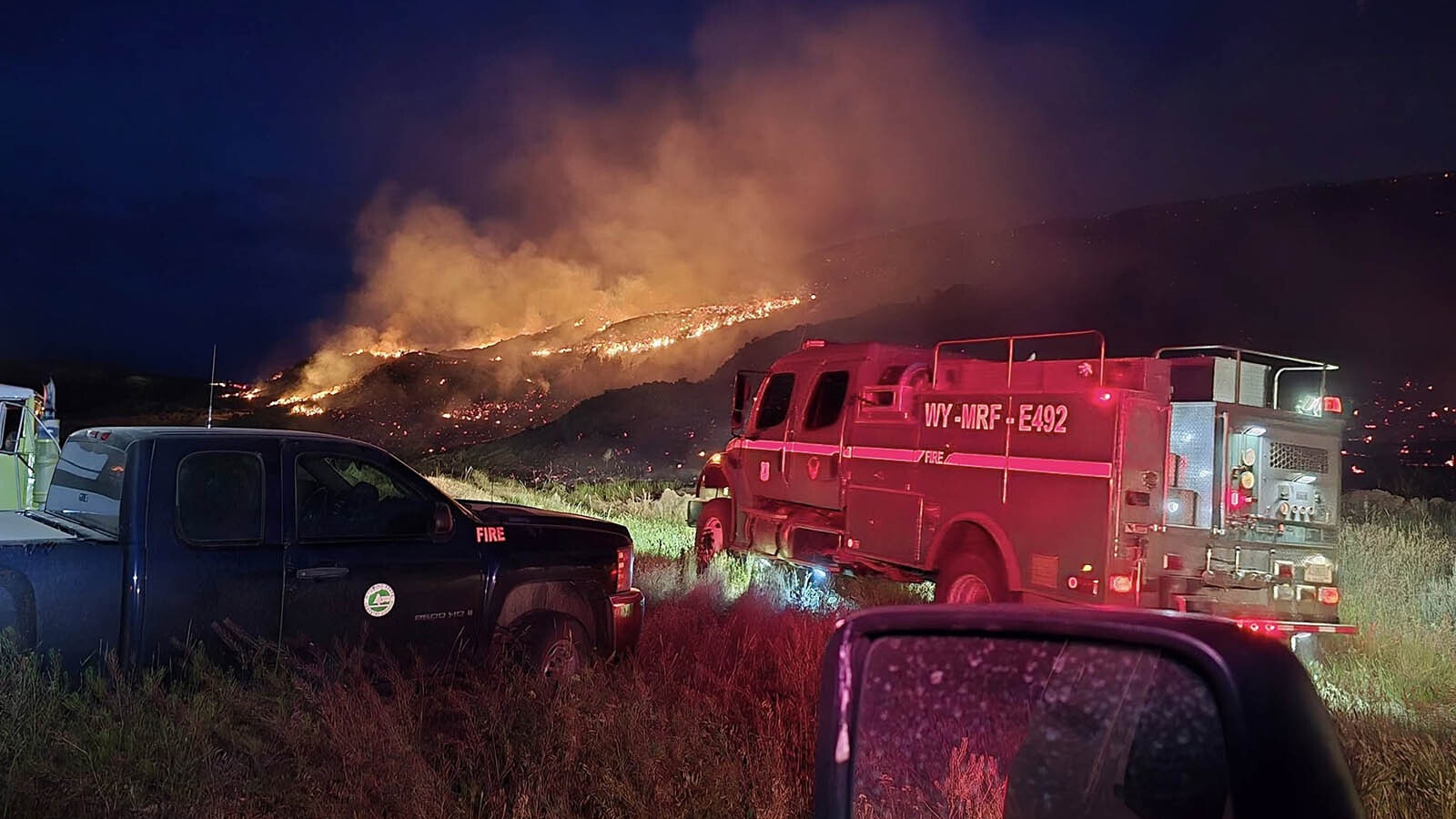To save Wyoming’s mule deer, hunters should kill more whitetail deer, which are essentially an invasive species, Wyoming Senate President Odgen Driskill said.
But others argue that they’re native to Wyoming, and they don’t like the idea of splitting mule deer and whitetail deer hunting tags and seasons.
Sen. Driskill, R-Devils Tower, went before the Senate Travel, Recreation, Wildlife and Cultural Resources Committee on Tuesday to promote a bill he’s sponsoring, Senate File 111.
The measure would prompt the Wyoming Game and Fish Department to manage whitetails and mule deer as separate and distinct species. It would split hunting tags and seasons for the two species. The committee voted to forward SF 111 to the Senate Floor.
Whitetails A ‘Noxious Weed’
Driskill said he’s watched whitetail deer drive mule deer off his family’s ranch, and the bill is geared toward conserving Wyoming’s struggling muley herds.
“If we really want to grow a mule deer herd, let’s set objectives, and we’ll probably make it tougher to draw a mule deer licenses until we get that herd built back up, but we’re just never going to get built up (until whitetail are dealt with),” he told the committee during testimony about the bill.
“I can tell you, whitetail are a noxious weed,” Driskill added. “My recommendation at the wildlife task force? Kill all the whitetail you can so the mule deer herds can grow, because from my personal experience on my ranch, whitetail displace mule deer. They whip ’em all days of the week. Wherever they move in, they’ll be there. They start in the irrigated bottoms, and they’ll move to hills until there’s nothing left but elk and whitetail deer.”
Native To Wyoming
The idea that whitetail deer are an invasive species isn’t supported by history, retied forester Karl Brauneis of Lander told Cowboy State Daily.
And although he’s not necessarily opposed to splitting whitetail and mule deer hunting, he thinks whitetails deserve recognition as a native species.
“I am not opposed to the best management or separation of the management and hunting regulations of mule deer — recognized as a distinct species by William Clark and whitetails. Let’s leave that up to the experts in the Game and Fish,” he said.
“I do, however, take objection to the idea that whitetails were not historically here in west central Wyoming,” he added. “The information I have notes that the whitetail was natural in its range all the way west and down into the Wind River Valley at the time of Lewis and Clark. The whitetail had not progressed past the Wind Rivers and South Pass that stalled their migration into new territory. However, in the late 1980's, I observed a whitetail buck on the forest at South Pass.”
Whitetails likely occupied habitat all across Wyoming at one time, Brauneis said.
“Lewis and Clark noted the whitetail deer all up the Yellowstone valley on their Corps of Discovery,” he said. “We can assume that the migration of the whitetail was up the Yellowstone gallery forest of cottonwood then up the Bighorn tributary to the Wind River and subsequent valley. At any rate, the deer was here at the time of western white expansion.”

Outfitters Favor Split
Mule deer are the species most likely to draw nonresident hunters, Wyoming Outfitters and Guides Association President Lee Livingston of Cody told the committee.
He said his organization supports SF 111. And, like Driskill has seen in the Black Hills region, whitetail becoming more prolific in Park County.
“I remember as a kid going up and guiding, you just didn’t see whitetail deer in northwest Wyoming. They’re there now. I’ve got 60 of them on my place outside of Cody,” Livingston said.
But outfitters’ clients come to Wyoming for mule deer, he said. Whitetail deer can be found across the United States, while mulies are a Western icon.
“You have a lot of your clients coming from the eastern part of the country that grew up hunting whitetail deer, and a mule deer is their dream trophy,” Livingston said.
Game And Fish Can Make The Change
Game and Fish can manage mule deer and whitetails separately, agency Director Brian Nesvik told the committee.
It makes sense, because they are separate species, he said. And there are no other instances of Game and Fish managing two big game species on the same hunting tag, as is now the case for many general deer tags.
General hunting tags may be bought over the counter, even while hunting seasons are underway. In many general deer tag hunt areas, if hunters don’t bag the mule deer buck they wanted, they can always opt to shoot a whitetail instead — including does in some cases.
For draw-tag only hunting areas, hunters must apply to enter a tag drawing months in advance, and might not always draw the tags they want.
To create separate drawings for mule deer and whitetails and working out other details of managing the species separately will take some time, Nesvik said.
The committee agreed to amend the bill, pushing back the implementation of the policy from July 2025 to July 2026, should the bill pass.
Some Hunters Don’t Like The Idea
Some hunters said they don’t like the idea of splitting the deer species.
The move could have the opposite effect of the apparent intent, actually leading to more mule deer being taken, avid hunter Jeff Muratore of Casper told Cowboy State Daily.
Now, with only a single deer tag good for both species in some areas, hunters might shoot a whitetail if they get frustrated trying to find a trophy mule deer, he said.
If the tags were separated, more people would probably go for the mule deer tags, because mulies are more popular to hunt, Muratore said.
Moreover, there already are some hunting tags, such as “type 3 and type 8” deer tags that are exclusively for whitetails, including some late-season hunts, he said.
So, he questions the need to split management of the species. As things are now, hunters are already free to choose whether they want to shoot a mule deer or a whitetail to fill their tag.
Muratore said for him, as well as many other hunters, it frequently boils down whether the main goal is bagging a trophy or getting some meat, because whitetail meat is better.
“There are a lot of folks, like me, who like to hunt mule deer. However, I won’t shoot a mule deer unless it’s a big, mature buck,” he said. “I think whitetails are better table fare. I just do. If I want a deer for the freezer, I can go shoot a whitetail.”
Testifying before the committee via Zoom, hunter Dallas Shanks of Star Valley said he doesn’t want to see deer management split by species.
He’s worried that it could create more competitive mule deer draw tags, rather than over-the-counter general deer tags, in places such as his home area. And that could make hunting locally more difficult.
“We’re going to have to travel and crowd somebody else’s back yard to hunt deer,” he said.
Mark Heinz can be reached at mark@cowboystatedaily.com.





